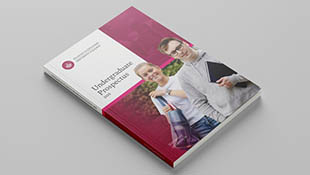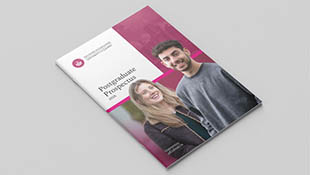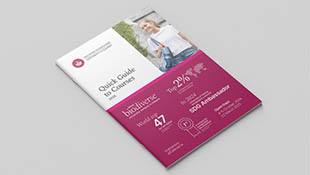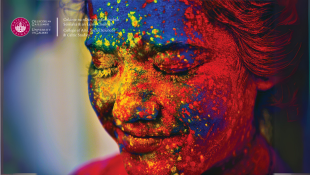-
Courses

Courses
Choosing a course is one of the most important decisions you'll ever make! View our courses and see what our students and lecturers have to say about the courses you are interested in at the links below.
-
University Life

University Life
Each year more than 4,000 choose University of Galway as their University of choice. Find out what life at University of Galway is all about here.
-
About University of Galway

About University of Galway
Since 1845, University of Galway has been sharing the highest quality teaching and research with Ireland and the world. Find out what makes our University so special – from our distinguished history to the latest news and campus developments.
-
Colleges & Schools

Colleges & Schools
University of Galway has earned international recognition as a research-led university with a commitment to top quality teaching across a range of key areas of expertise.
-
Research & Innovation

Research & Innovation
University of Galway’s vibrant research community take on some of the most pressing challenges of our times.
-
Business & Industry

Guiding Breakthrough Research at University of Galway
We explore and facilitate commercial opportunities for the research community at University of Galway, as well as facilitating industry partnership.
-
Alumni & Friends

Alumni & Friends
There are 128,000 University of Galway alumni worldwide. Stay connected to your alumni community! Join our social networks and update your details online.
-
Community Engagement

Community Engagement
At University of Galway, we believe that the best learning takes place when you apply what you learn in a real world context. That's why many of our courses include work placements or community projects.
Luke McDermott
PhD research: Luke McDermott
The Poetics of Foresight: Assessing the Communicative Function of Figurative Imagery in Prophecy and Prediction Texts from the Neo-Assyrian Period of Ancient Mesopotamian Textual Culture.
The Neo-Assyrian Empire was the dominant cultural and political force in the Eastern Mediterranean during the period of intercultural development that saw the composition of the Hebrew Bible and emergence of Archaic Greek civilisation. Neo-Assyrian writing was suffused with a rich semiotics of thought and expression, which characterised a world where everything was ontologically connected, and images and concepts were articulated in terms of each other. The fundamental interweaving of analogical thinking into the patterns of expression and social structure justifies further research into the cognitive function of metaphor in Neo-Assyrian society and textuality. This project situates itself at the centre of a growing movement applying frameworks drawn from the field of Cognitive Linguistics to textual traditions from Antiquity.
The textual corpora of prophecy, divination, and human foreknowledge are the focus of this research. These texts of ‘hieratic forecast’ are replete with metaphorical techniques and expressions of similarity. Moreover, expression by comparison, and interpretation of omens, are both inherently exegetical exercises. The epistemology for omen interpretation was predominantly on the principle of association between observation and inferred outcome. This could be an orthographic or phonetic similarity, or an extra-verbal conceptual linkage.
This project compiles a quantitative index of the different structural and grammatical ways that conceptual association was expressed in the selected texts, e.g., A is B, or A is like B. It also marks the preponderance of selected comparanda, e.g., how often A is expressed in terms of B; C; D, etc. It will then analyse these data and any emergent patterns by application of Cognitive Linguistics and Intertextual critical methodologies. This project sheds light on the technical and semantic expression of conceptual analogy in Neo-Assyrian hieratic forecast.
E-mail: l.mcdermott21@universityofgalway.ie
Supervisor: Professor Michael Clarke
Funding: Hardiman Research Scholarship (2023-2024), Irish Research Council Postgraduate Scholarship (2024–2027).
Research area: Cross-cultural encounters



















